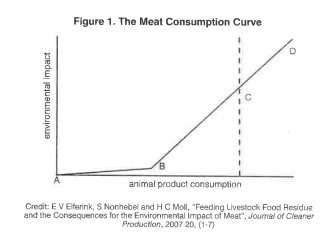MAR7
From Alfino
Jump to navigationJump to search
Contents
16: MAR 7
Assigned
- Ethics Day 2
- Chamowitz, What a Plant Knows. Chapter 5, "How a Plant Knows Where It Is"
- Fischer, Bob, "Arguments for Consuming Animal Products" (253-266) (For notes, see March 5)
Chamowitz, C5, "How a Plant Knows Where It Is"
-
- watch the whole thing for strong claims about plant consciousness. But some clips 11:38 to 15:00 for now.
- How does a plant know which way to send its roots? which way is up?
- can't just be light or moisture. banyon and mangroves start roots in mid air.
- Basics of Proprioception in humans 92
- 102: while we have one set of "gravireceptors" (in the ear), plants have distinct receptors and mechanisms for roots and shoots.
- "statoliths" in root tip and endodermis like "otoliths" in our ears.
- Further mechanisms for bending and tracking light. auxin, circumnutation (as in Mancuso video)
UN FAO report and Simon Fairlie's "default animal production" argument
- UN FAO report, "Livestock's Long Shadow". 2006. Claimed meat production had bigger impact on climate change than the transpo sector. Also, that 18% of the cause of climate change might be from meat production.
- Some criticisms of the report have emerged. See [1] "meat vs. miles" debate: [2]
- WorldWatch claims the right number is 51%, but others say it is 3-9%.
- Simon Fairlie's criticisms: FAO accepts industrial ag model CAFOs, and demand curve for meat. Includes effects of deforestation, but that wouldn't nec. be part of a sustainability discussion. Challenges the feed conversion ratio for meat. 10:1. In some cases it is much less.
- Simon Fairlie's "default animal production" argument
- We should think of meat as a luxury. Like many other luxury foods. Not sustainable at high levels of production.
- The relationship between meat production and environmental impact is not linear:
- Sources of non-human food that would be wasted with zero animal production:
- food processing waste
- crop residues (gleaners)
- food waste
- slaughter waste
- grazing on marginal land, fields in rotation.
- Agrarians would argue that getting nutrition from the earth is a complex process and difficult process. We should try to maximize efficiency of food production within constraints of dispersed, small scale production. It's hard for an agrarian to waste non-human foods that could be turned into animal food, but you could also be a vegan agrarian.
